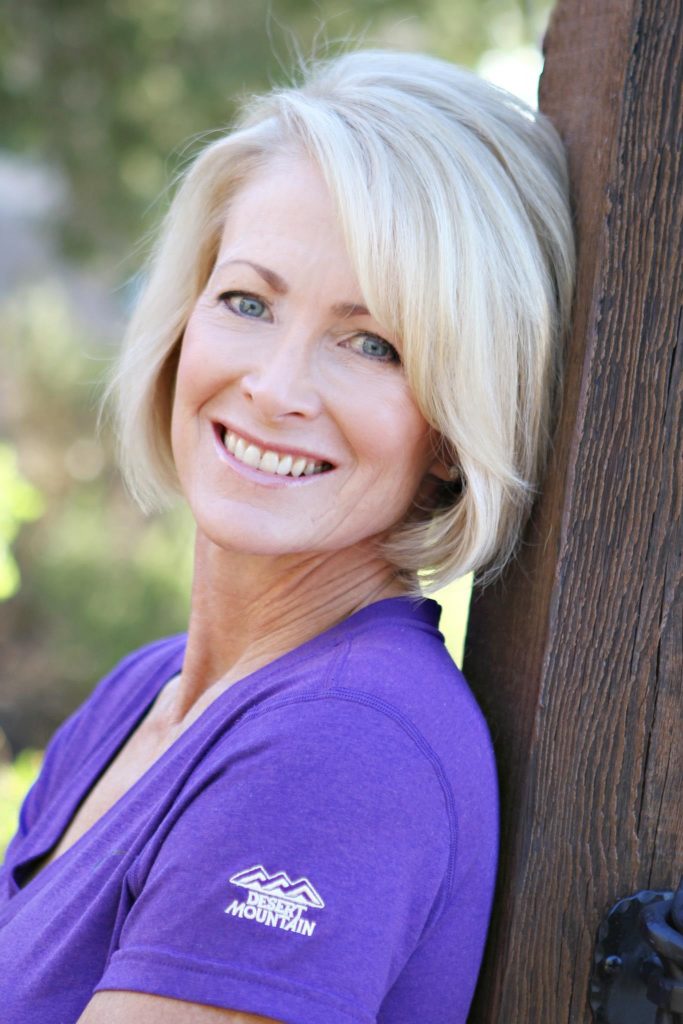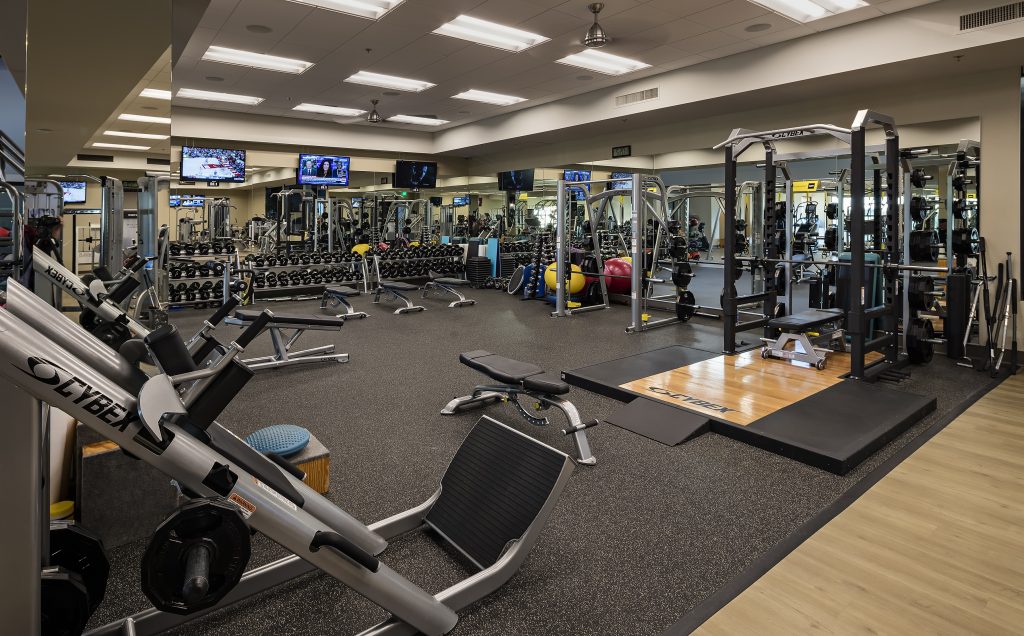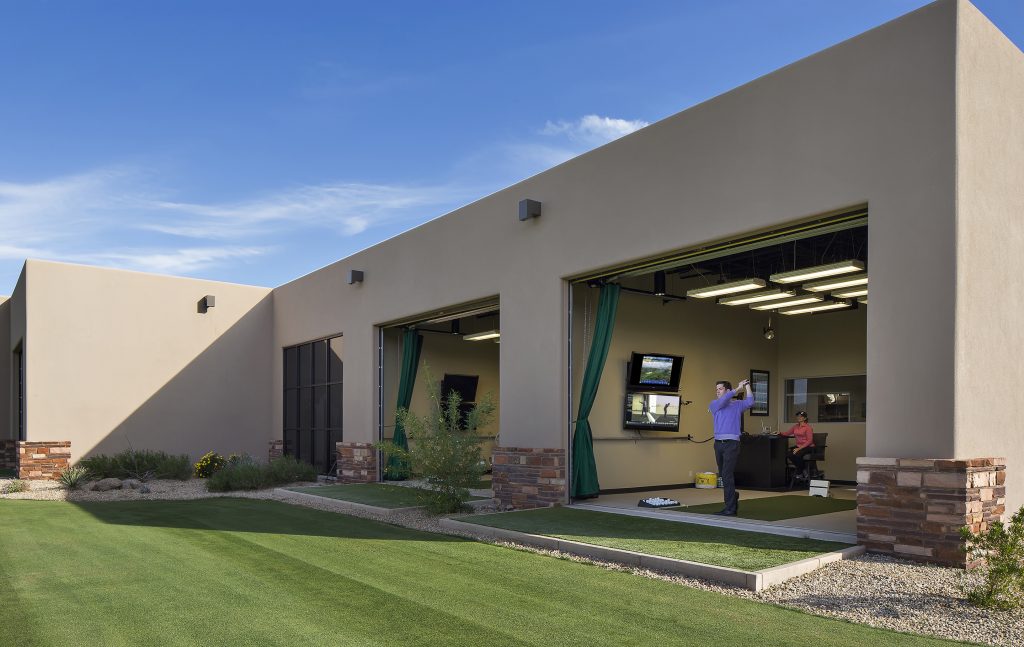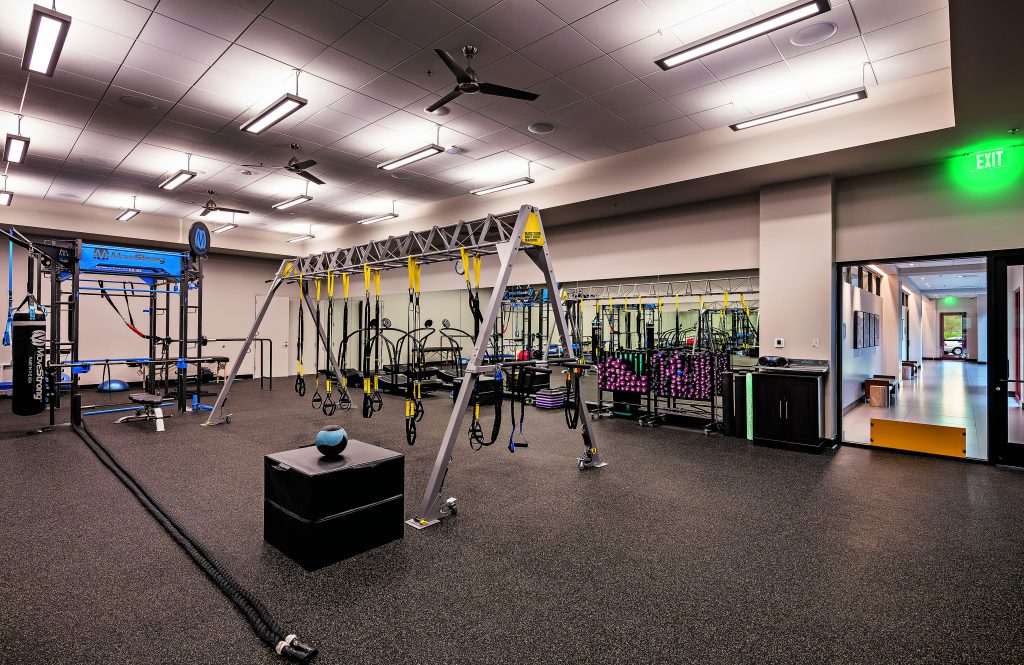Kelly Montana
“Coach Kelly Mo”
Master Trainer-Golf Fitness Specialist
Desert Mountain
Scottsdale, AZ
Interview with Matt Ward
BACKGROUNDER —
Kelly — also known as — “Coach Kelly Mo” — taught her first group exercise class in 1980 and has been involved in sports and fitness ever since. She completed a degree in Microbiology, Chemistry, and Medical Technology, which furthered her interest and intrigue of the human body. Her education continued with multiple certifications in her favorite subjects, including National Academy of Sports Medicine(NASM)-Master Trainer, Titleist Performance Institute (TPI)-Golf Fitness Specialist plus Functional Training, 200 Hour Yoga Instructor, Wellness Coach, Manual Flexibility Specialist, MACH 3 Speed Training, ELDOA, Pilates, TRX, Tabata, CrossFit, and Fitness Nutrition Counseling.

THE MONTANA STORY —
I feel very fortunate to have met many wonderful, positive influencers. A big one was “Coach” in college, Coach Bill Daugherty from Cal Poly University, Pomona, whose great energy and enthusiasm made it easy to join in whatever he was teaching. Not only did I enjoy it all, it made me feel good. That started my quest to learn all I could to be as healthy as possible and to help others do the same. He also started me training for triathlons as I worked on my Microbiology degree. Back then, there was no such thing as a “personal trainer” and for many golf teams “working out” was forbidden. I continued with my business career in medical sales and management, kept teaching, and helped as many as I could with what little we knew.
Back in the “dot.com” era, I was working on a start-up in Scotland and my flat mate invited me to play golf. I never thought I had the time, but I figured Scotland was a good place to try. From that first round I thought, “where has this been all my life?” My corporate brain thought that if I focused for six months, I would be a good player.
Boy, was I wrong!
I had no idea how that single round would change my life. When NASM and TPI came out with evidence-based and science-backed formal training for golf and fitness programming, I jumped on board. I’ve been working full-time as a trainer since getting my certifications in 2007. I continue to learn and continue to feel the greatest joy when I can help others play and feel better.

***
You wake up in the morning — what’s the driving passion?
Personal training is truly a labor of love and very personal for me. Particularly now I feel my service is needed when most of us sit at a computer for hours, which leads to serious posture issues. If these muscle imbalances are dealt with in time, we can prevent a lot of issues. Also, there are so many conflicting myths it is easy to get confused as to what to do and not do. Everyone is different, we all have issues in our tissues, so helping someone age gracefully, feel better, and find their unique way to address their power leak(s) is super-fun for me.

Desert Mountain has an active program — what differentiates the approach and techniques carried out versus other clubs / courses attempting to do similarly?
Desert Mountain has a very active membership and countless amenities to choose from. In addition to the seven (7) golf courses on property, pickle ball and tennis are also very popular. Members here have easy access to a well-developed wellness culture that offers many ways for them to take care of their health for maximum performance and enjoyment.
The Sports and Fitness Complex has 9 tennis courts, 3 pools, and a Spa. The fitness area has high-end equipment, many experienced training professionals, a variety of instructors and classes, as well as regular wellness workshops. Desert Mountain also has a state-of-the-art, high-tech Golf Performance Center with PGA Professionals and air-conditioned indoor hitting bays for year-round golf.
Golfers of all ages are seeking ways to be more physically fit. For someone looking to get started what are the key steps they should consider taking before diving in a big-time way?
Golf can be described as a one-sided, explosive rotational move. Anyone who has played will tell you nothing about it is intuitive. For beginners, I think the most important first step is making sure they have a good fitness foundation. That means they regularly exercise to stay strong, maintain good posture, and deal with any muscle imbalances. If their lifestyle or job involves a lot of sitting, they probably have many muscles that are overworked and many underworked, leading to compensations that cause loss of mobility and strength.
Without intervention, this dysfunctional alignment leads to swing faults and possible injury. There are many muscles of the core and hips that don’t get used in everyday life, but they can be critically important in a golfer’s ability to generate the force needed for a safe, efficient, and repeatable swing. Once a strong base is established, sports-specific training can progress to adding more speed and power.

How much coordination and collaboration do you have with the full-time golf staff when working with students?
I have developed a wonderful relationship with a veteran PGA professional in our Performance Center. He also values fitness and the body-swing connection, and we share many clients. We discuss what the member is trying to accomplish and where their power leaks may be coming from. I often have a good idea of where to start just by knowing their tendencies and swing faults. From there I can offer strength and mobility moves, plus drills to help them get faster results. For example, we believe, the better you turn, the better you play, but many people lack the strength, mobility, or awareness to turn the torso properly. At first, proper turns are very conscious. Our goal is to help it become consistently sub-conscious.
What’s the split in terms of gender participation in the program at Desert Mountain?
Close to a 50-50 male-female. If I start with someone, many times I’m soon working with their partner, whether they play golf or not. We have many golfing couples as members, and I thoroughly enjoy working with them. And I love working with our members who simply want to be stronger and healthier.
When working with men and women — is there a different emphasis / approach followed?
My approach doesn’t change by gender, but the questions I ask can be more gender-specific. My detailed questionnaire helps me learn what they want to accomplish and where to begin. Women tend to need more upper-body strength while men tend to overuse their upper body because they are strong there. However, everyone is so different, so seeing how they move is vital to designing a fitness program that starts them out safely and progresses them gradually toward their desired result.
What benchmarks do you use in gauging student improvement?
In the initial session I do a movement screen to look for fundamental skills, posture dysfunction, and muscle imbalances. I check for motor control, strength, and proprioception (awareness of your body in space). If someone is not stable or lacks control of movement—say they can’t do a squat, lunge, or single leg balance with proper form—I know we need to focus on creating a solid core and foundation before adding loads and complex moves. I am a big believer in functional training, which is using the entire body in all planes of motion. I believe the better you move, the better you play, and, ultimately, the better you live.

How do you see golf fitness and wellness evolving in the years ahead?
Thanks to Tiger Woods, many tour players have shown that fitness is good for their games. A big “thank you” goes to the Titleist Performance Institute (TPI) for developing the golf fitness industry starting in 2003. Currently, we’re seeing advances on the mental side of the game, plus we now offer myofascial stretching and ELDOA, which involves exercises that help strengthen, move fascia and create space in joints that promotes alignment, mobility, and healthier muscle movement.
What steps do you take in soliciting feedback and what role does that information have in terms of future efforts?
In every golf fitness session I ask, “how is the body feeling?” That’s always a good indicator of our progress and how the golfer’s body is responding to the program. I try to offer a workout that fits what the body needs that day. Some days can be high intensity or maybe yoga or Pilates are in order. Same with their general state of health. Are they getting enough sleep, are they going to play that day, are they off season, what other activities are they doing, etc.?
Best advice you received regarding your efforts and the best advice you can provide to those looking to get started.
“Do what you love and you will never work a day in your life.”
Not only am I passionate about the best game ever invented and slowing the aging process, I truly believe I have found my purpose.
***
For more info go to:
WHAT'S YOUR REACTION?


